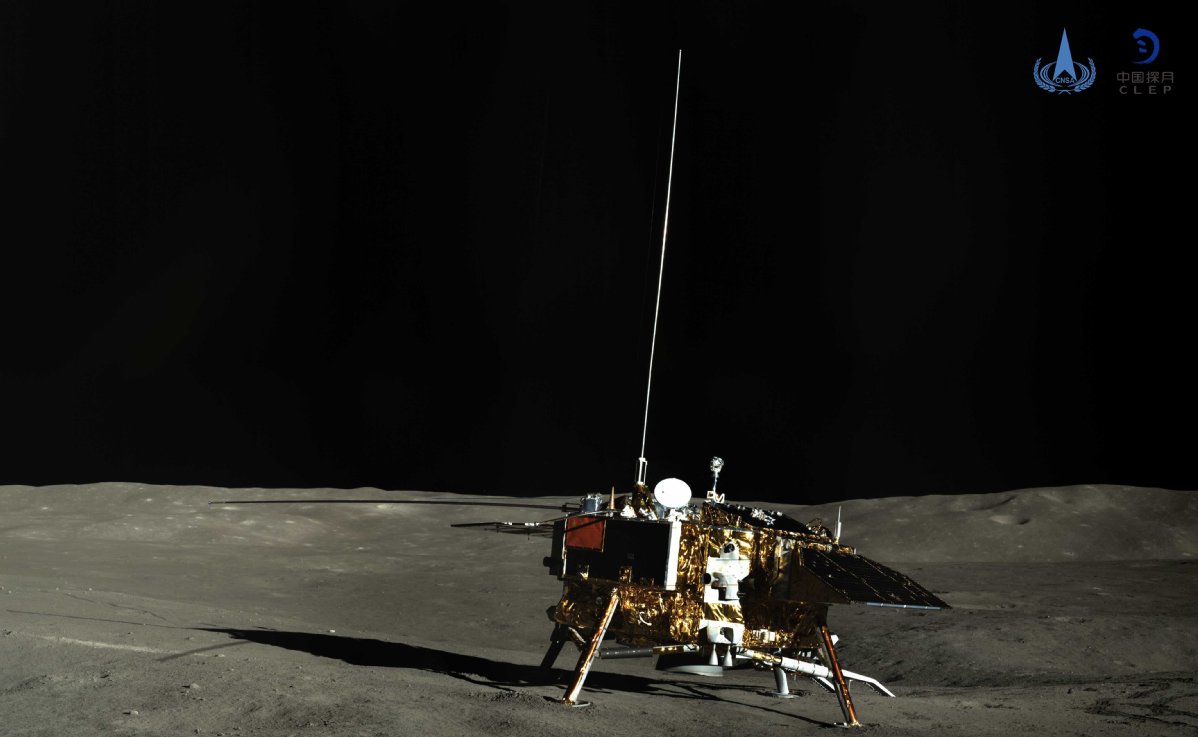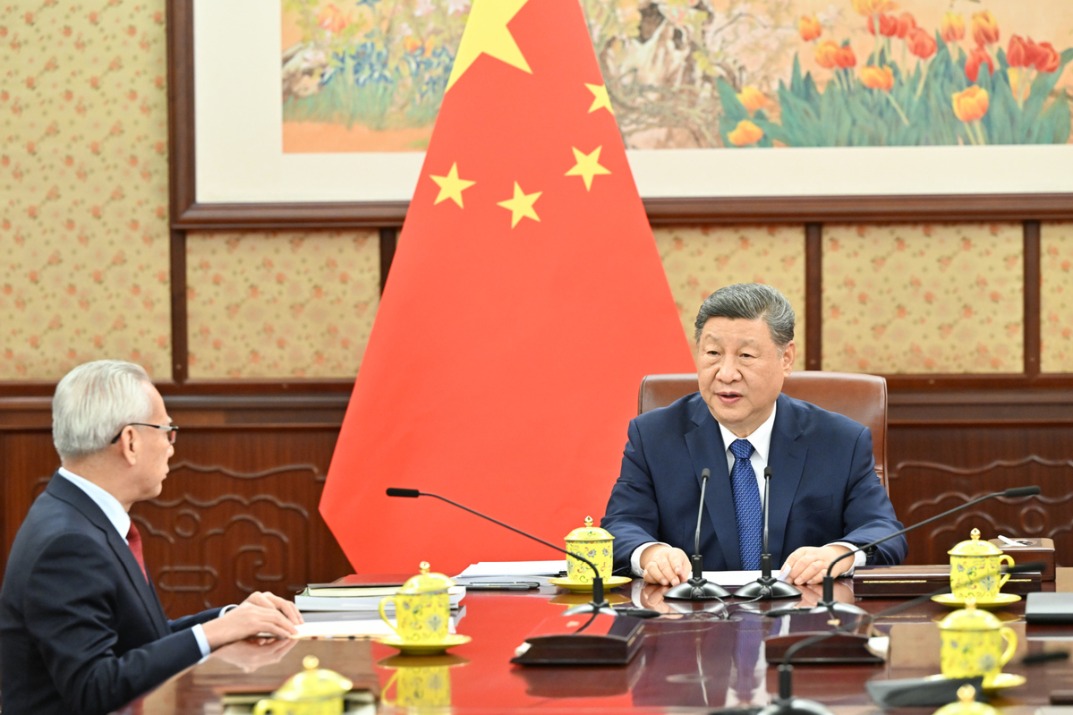China invites other nations to join moon exploration


China unveiled a robotic lunar exploration program in 2004, consisting of three phases — orbiting, landing and returning — and named the program the "Chang'e Project" after the Chinese goddess of the Moon.
Four missions have already conducted between 2007 and 2019, with the Chang'e-4 deploying a lander and Yutu-2 rover on the surface of the far side of the moon in early January. The fifth mission, scheduled for early next year, is designed to return rocks to Earth from a lunar area as yet unsampled, according to the authors.
After 2030, China's lunar exploration program will continue to develop capabilities in both robotic and human exploration, with robot exploration as the primary development direction of subsequent lunar exploration missions, they said.
Interestingly, the National Aeronautics and Space Administration (NASA) named its new moon program Artemis, after the twin sister of Greek mythology's Apollo.
The US space agency hoped to put Americans on the moon again by 2024. Congress had provided it $21.5 billion in fiscal year 2019, which, adjusting for inflation, is NASA's best budget in a decade, according to Casey Dreier, chief advocate and senior space policy adviser of the Planetary Society in California.
In the Science article "China's present and future lunar exploration program", Li and his colleagues said China's exploration plan is "flexible and iterative", with an emphasis on international cooperation.























